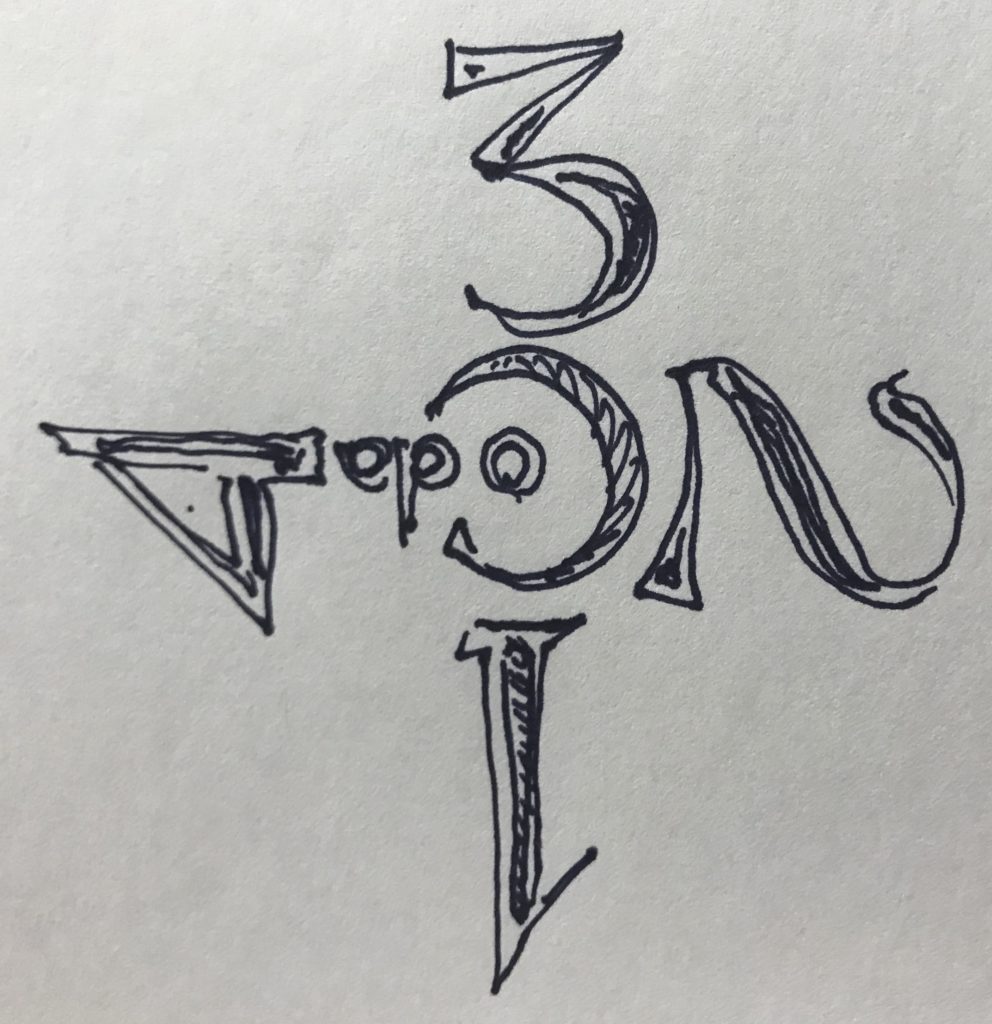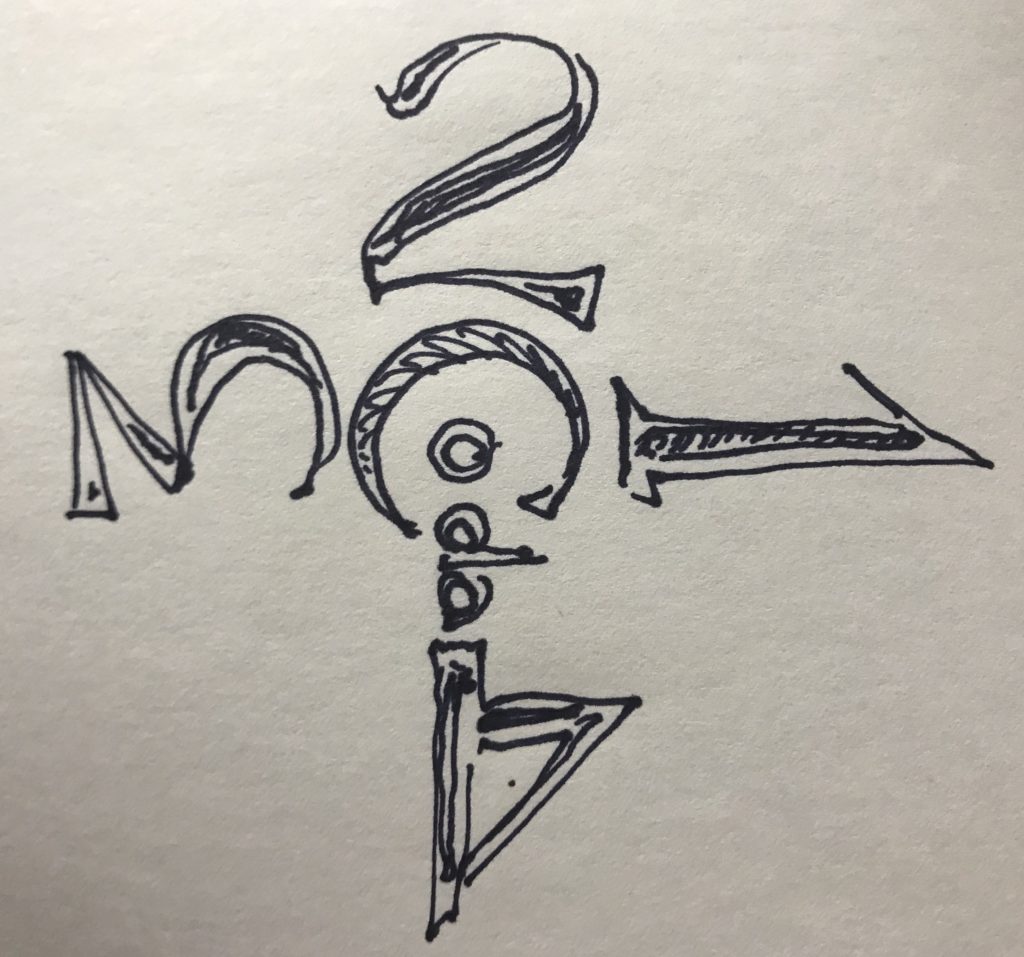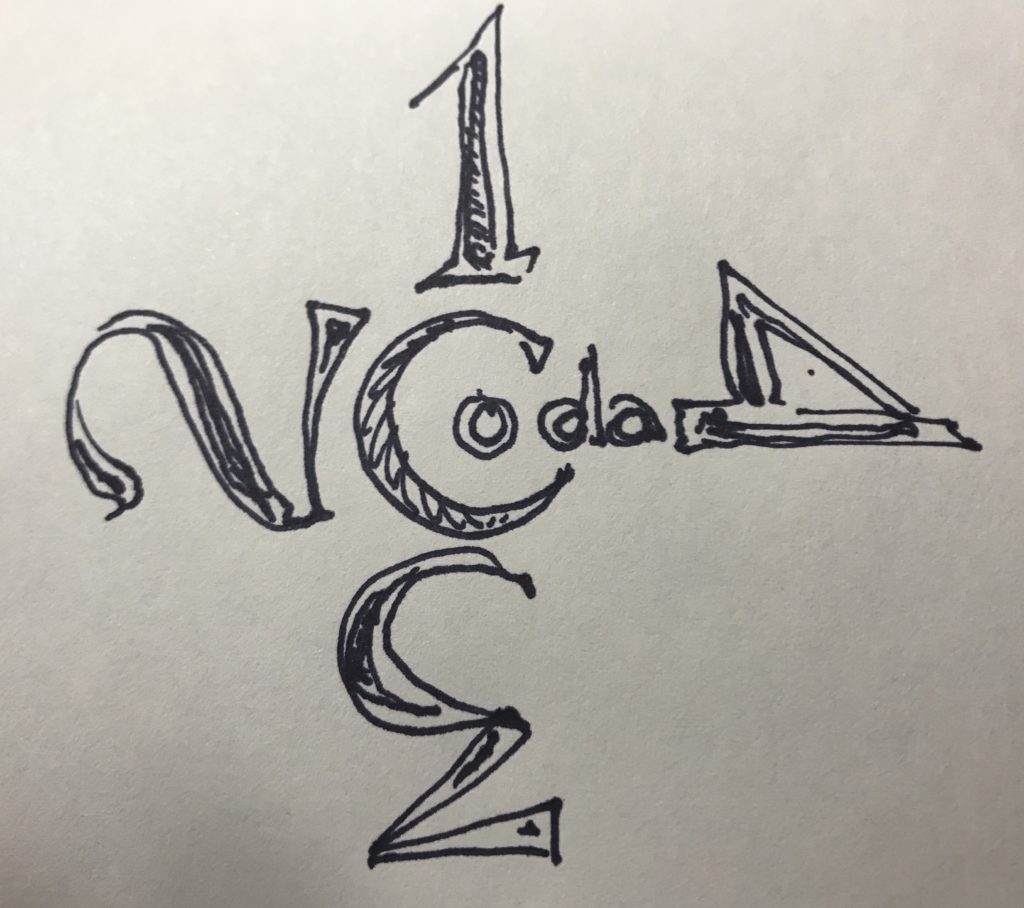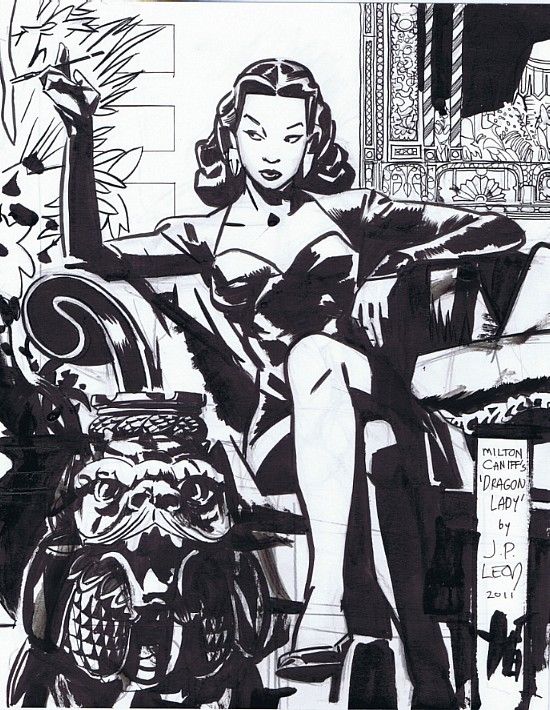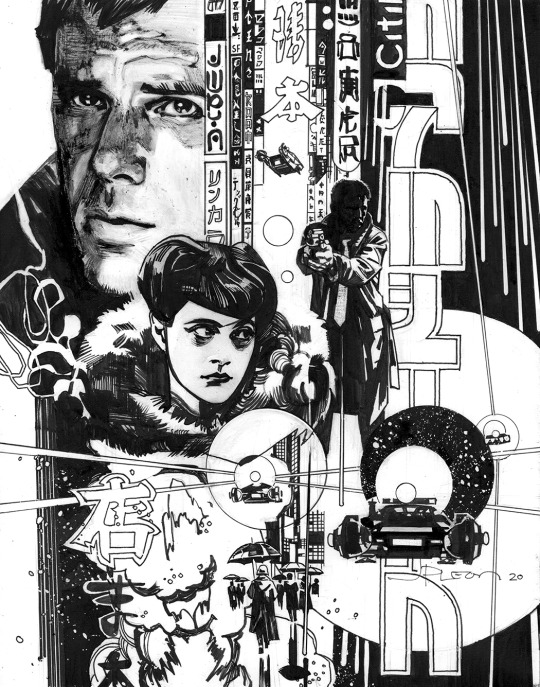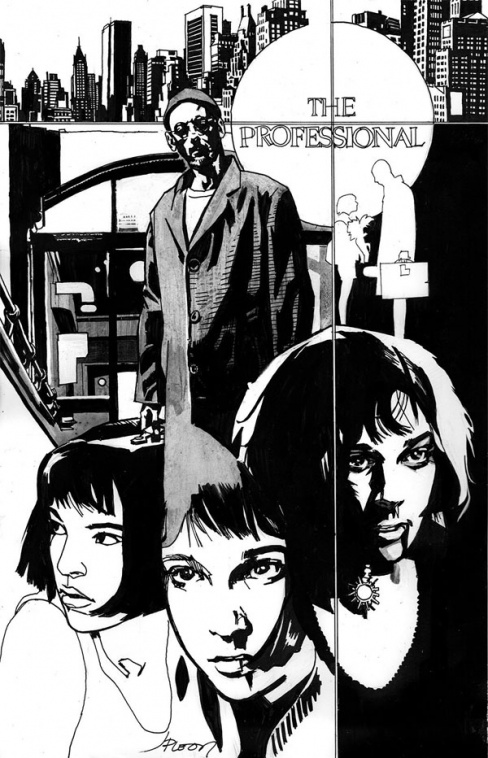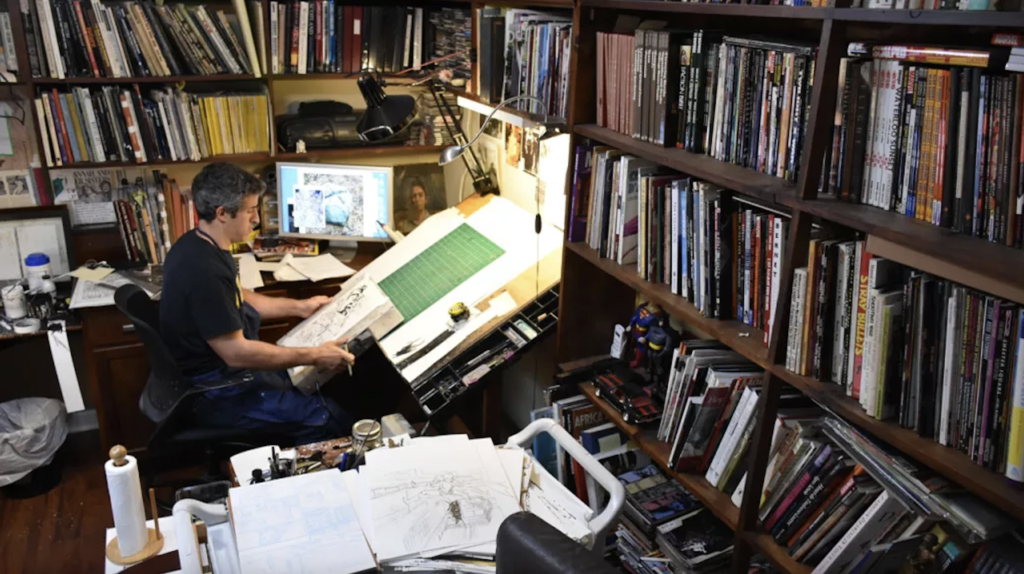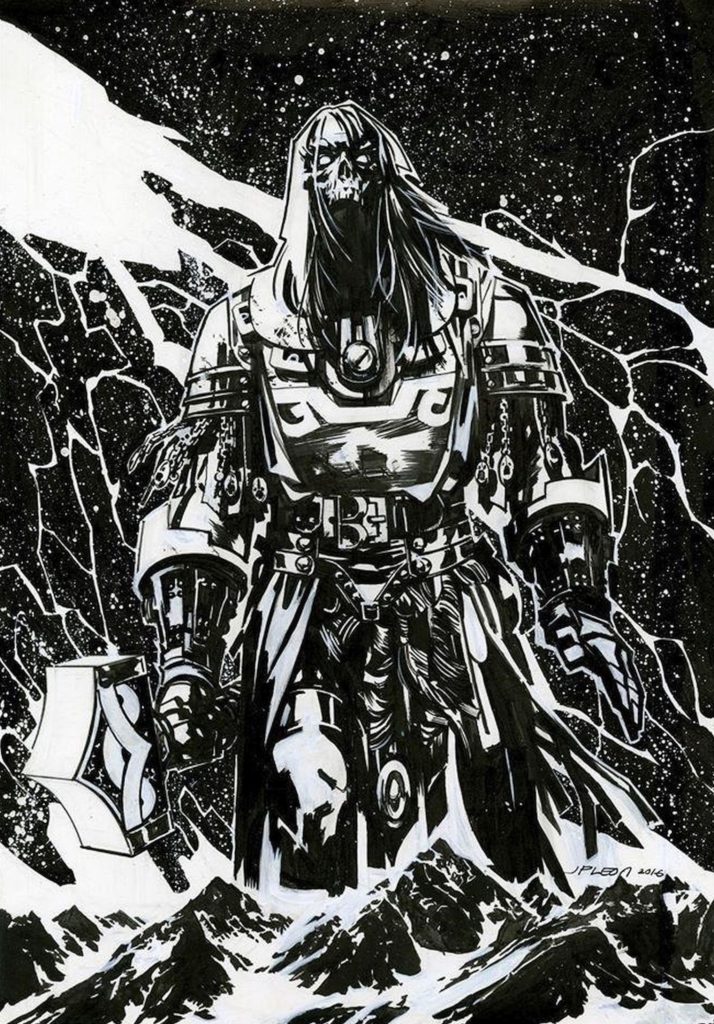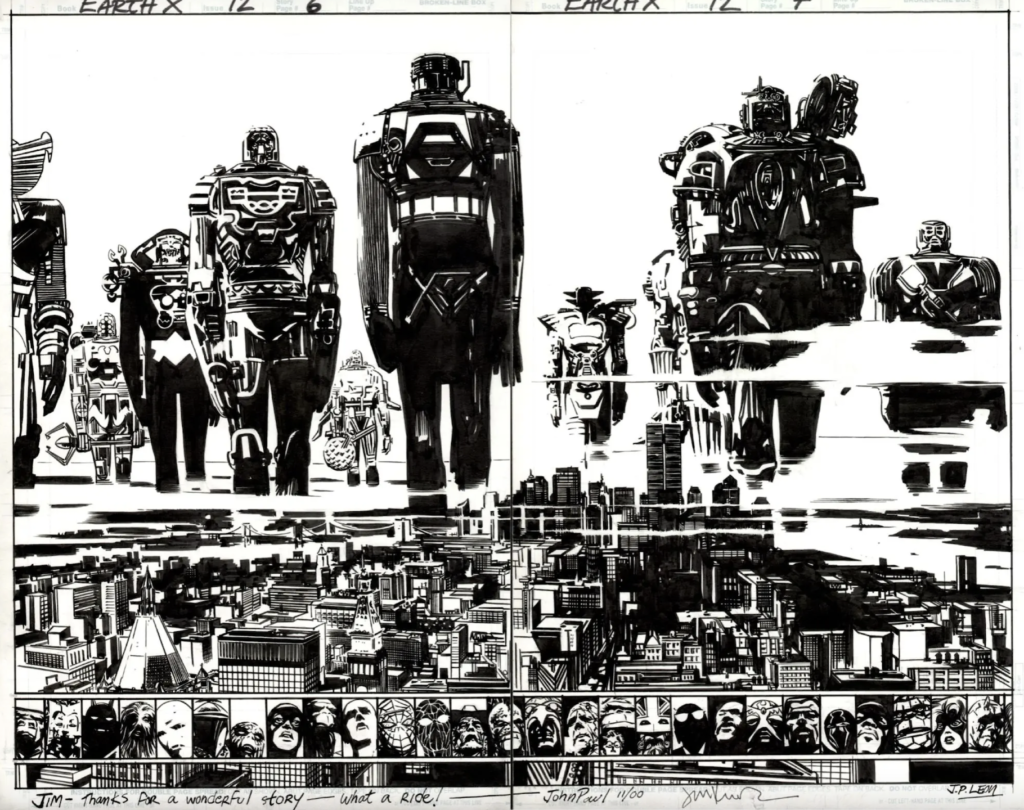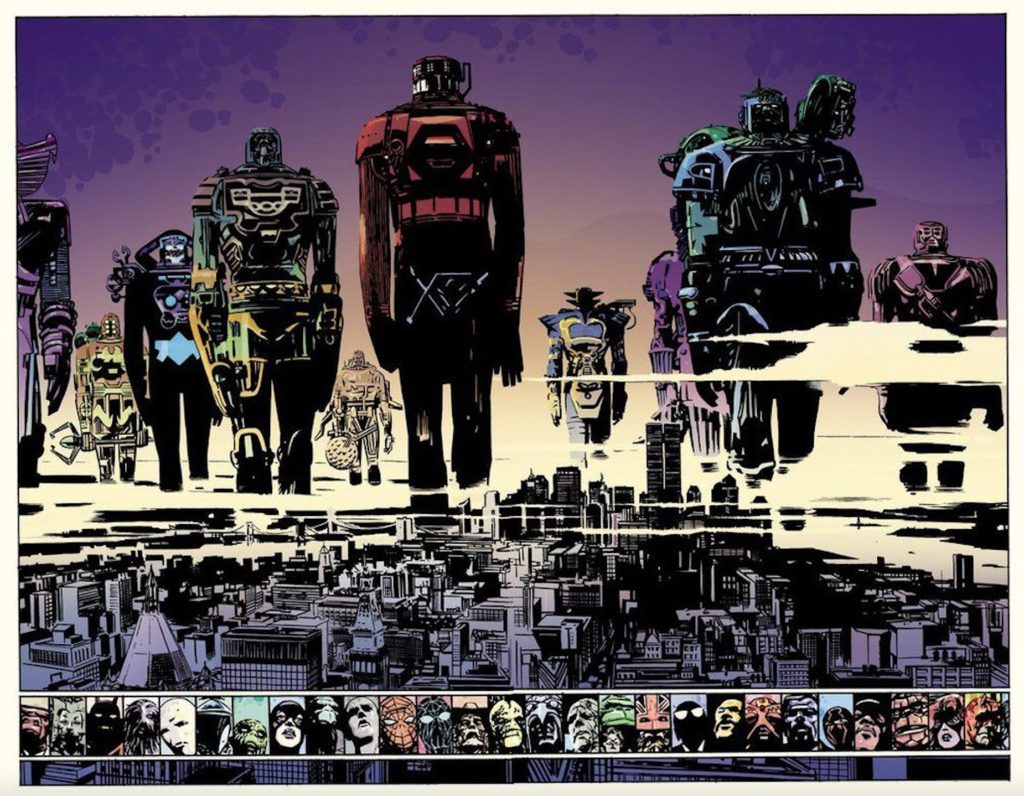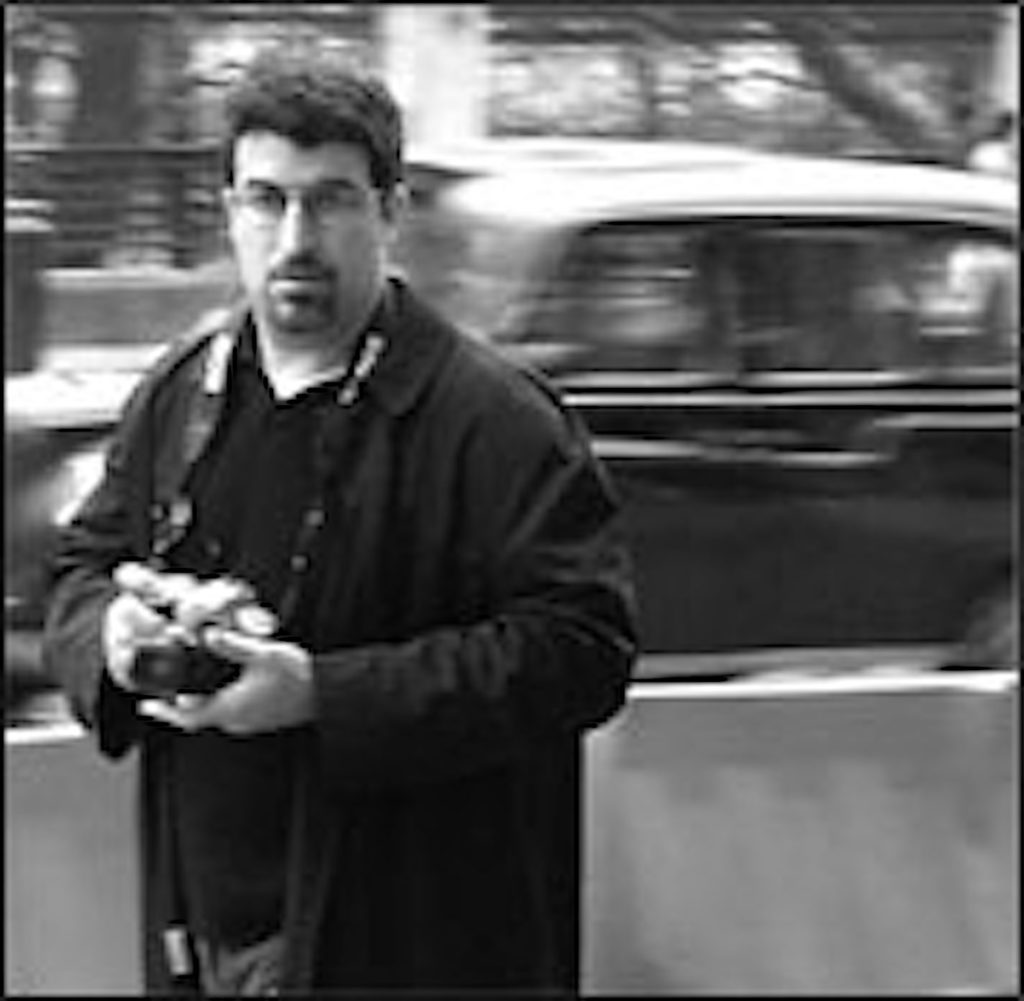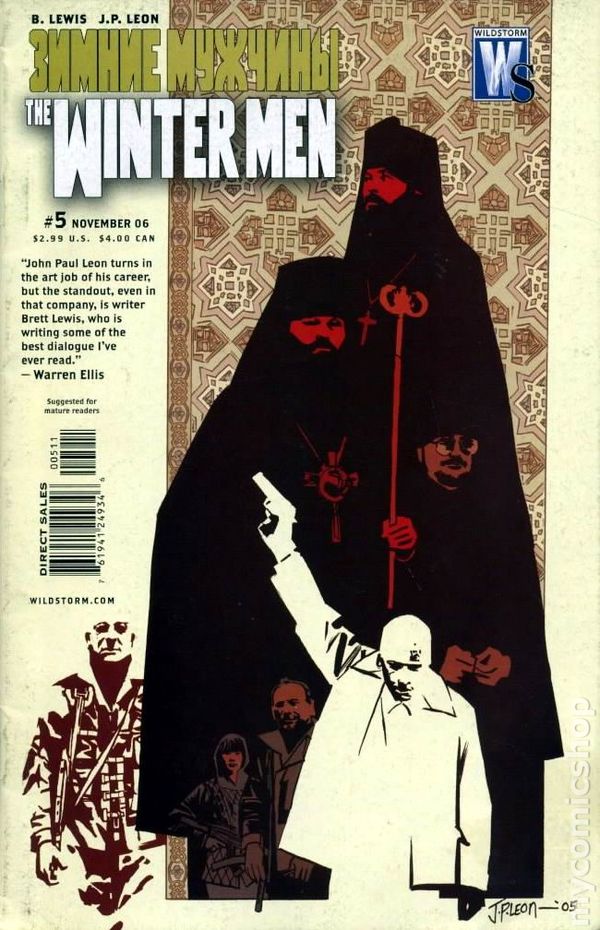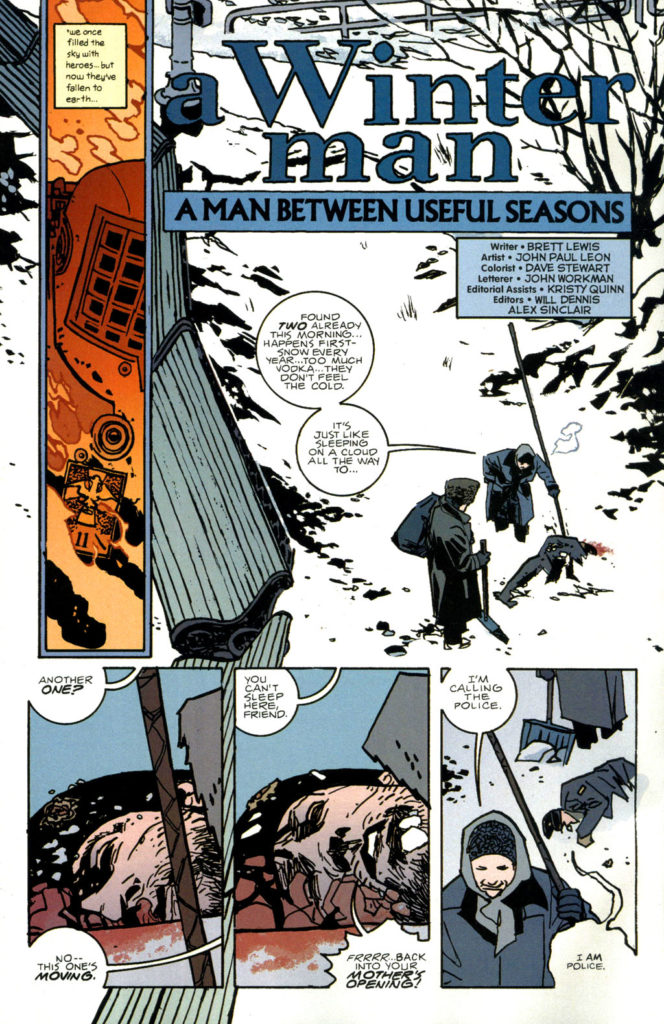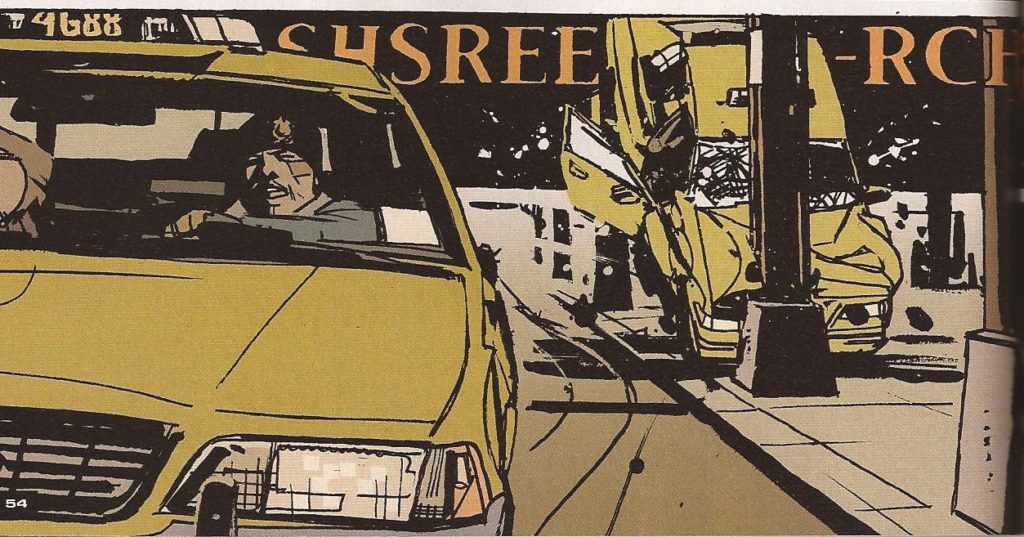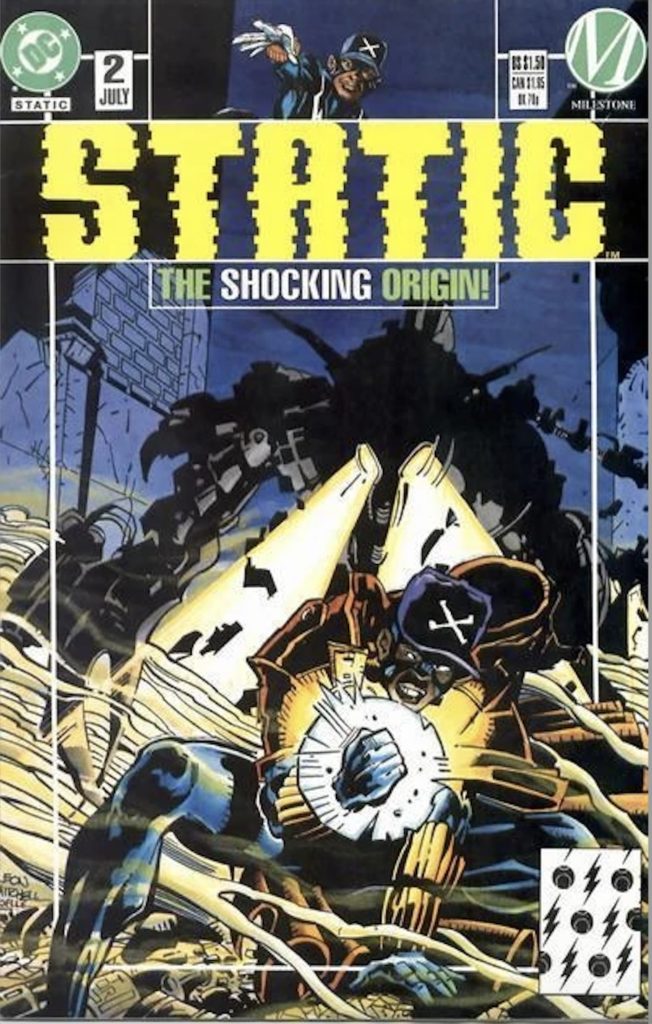17 October 2021
by Rey Armenteros
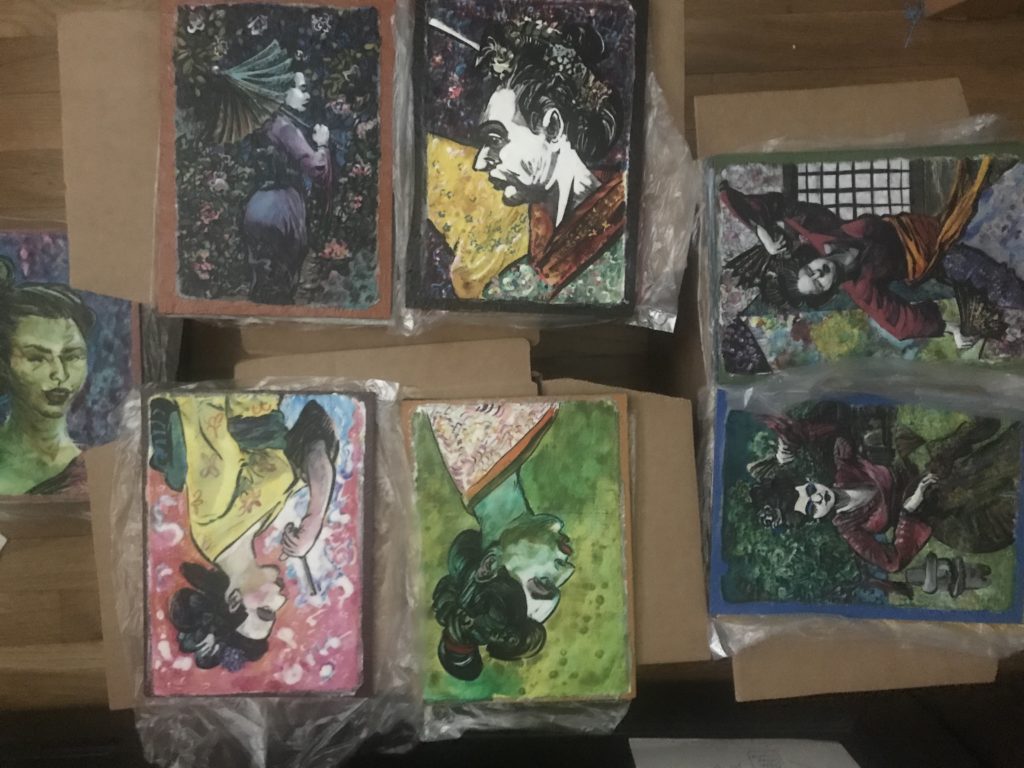
“Come on, you got to help me with this thing,” Max repeated. I said not interested.
“I don’t have anybody else to do the art for me,” he insisted. I said tough.
“Why don’t you think about it?” he offered. “It might be good for you.” I said screw you.
Yeah, that’s right! Max had it coming. It was always a problem with him! I had done work for Max in the distant past, and I’d be stupid to do anything for him again. Good luck, and remember to close the door on your way out.
Yes, he was a friend, sure. But for matters of work like this, this was the only course I could take. I don’t do work-for-hire. I have learned my lesson. My decision wasn’t going to ruin him. He’d learn to live with it.
I allowed my imagination to go over the possibilities of his having to find the artwork for the geishas he wanted from some other source. He’d have to go pay somebody up front, first of all. He could probably only afford some second-rate artist, or most likely somebody straight out of art school. It made me chuckle.
And from there, I started coming up with a story behind these geishas he wanted that were now kind of ingratiating their way into my unconscious and making themselves conscious for me. If I were painting geishas, what would they look like? You know, geishas, for the purposes of art, did not have to be Japanese. You could almost be making a statement about that iconic figure, the geisha. Think about if you made images that came from all walks of life. And if you did not exercise the ideals usually associated with them, imagine the artistic merit behind such unexpected incongruities as a black geisha, for instance! What about a male geisha? What if I based geisha portraits on people I used to know, trying to bring up faces from my memory? That would be an interesting game.
I don’t know if it is my propensity to make up stories that had me coming up with reasons why an artist like me would even paint geishas in the first place.
Up until then, I have had nothing but bad experiences with work-for-hire, including every instance with Max. But I was turning and turning what could happen if I did help him. It was just conjecture.
Within a week, I was calling him, telling him I was seriously thinking about doing it. He just wanted these geishas, I know. He wanted geishas for this card game version he was trying to license from a smaller game publisher. The publisher sold a popular card game, but they rented licenses to people that wanted to make different versions of their card game and sell them on their own. Max wanted a geisha version of their game, and he had been in contact with their top guy about it. The top guy wanted to see images. Since Max was not paying me up front, I was going to take liberties with it. I knew he wouldn’t mind.
But I had already made up my story around it. I told him he had to do me an important favor. “Sure,” he said, “anything.” (What else would he say! He was giddy as a schoolboy.) My stipulation in our work-for-hire agreement was that he could not tell people that he was hiring me but that he was giving me a commission. He asked what the hell the difference was? To his ear, it was the same thing. Okay, true. Yes, of course. One was a fancier version of the other. But the way I have always felt about it, commercial artists were hired, fine artists took commissions. He was waiting for more.
Okay. And I went into this elaborate story about how (supposedly) he had seen my own paintings on geishas and how he was so taken in by them, that he wanted to use these paintings that were already finished for the card game he was trying to license from the publisher. If anyone asks how he saw them because we live in other sides of the country, he could say that I had wanted his opinion on these geishas and had sent him images of them. You fell in love, I insisted, and needed them in your little card game.
He didn’t understand why I needed this technical difference.
I needed this, I said, because I didn’t want some schmuck coming along after looking at my work and thinking they could hire me for some work or other. These are not illustrations, I finally came out and said. This was art. You were hiring fine art and using it as illustrations.
“Okay, okay. Whatever.” Max wasn’t convinced it would work my way, but if that was all I wanted…
When we hung up, I started going over the details of my story. If Max did not hire me, and I had done these geishas as my fine art work, as I had made it up in my story, why in the world would I be painting geishas? To make geishas out of everybody? Ok, sure, but geishas were that exotic symbol for Japanese culture. It had been romanticized to death. What would a serious artist be doing with geishas in the first place? I would have to need a pretty good story for this one.
My story had to be airtight because I didn’t want people seeing through my art, as if pinpointing some cheesy whim I had for these geishas. The geishas were just my way of making portraits of anybody. I wanted to have freedom with the faces. I didn’t think I was painting anybody ugly, although my tastes and the tastes of the common person are not in any way related. Essentially, all of this back and forth led me to the original concept of making geishas out of anybody and materializing them from people from my past.
I know my concept was thin. I still didn’t have a very good reason as to why I was painting these geishas, but at least I was going about it a little differently, and this was always better than perpetuating the stereotypes. I went to work on them.
When I showed him the first batch, he said that they were more like art than the type of illustrations you find on playing cards. He started skirting the issue, but basically he wanted more sexy but without getting sexual. When we hung up, I detected that he was being nice. What he really wanted to say was that he couldn’t use them, and I could infer logically from that observation that he was probably now having misgivings about asking me to do this.
If he didn’t want to pay me in the end because the job was not done to certain standards, that was his problem. It was not going to ruin our friendship. Plus, I could sell geishas to anybody, as actual paintings, as real art — I had no doubt about it.
Do you see the problem? It’s right in front of me as I am writing this down, but it wasn’t clear to me when I was in the middle of it, coming up with these plans in my head about what was supposed to be real life circumstances.
I did another batch, and I was getting closer. I sent them to him. He kept saying they were too good for a card game. This is art, he kept saying, not the graphic type of work he needed. I was aware of what he was talking about. Mere illustrations were going to knock it out of the park. High art was going to do nothing but scratch heads. I still believed I could get both: recognition as an artist with an idiosyncratic outlook on geishas and a good commission from the selling of these cards.
I guess I was too much of an artist for my own good!. We joked about this, but before hanging up, my laughter had already dried up. I had no idea where I was going to take this scheme for making geishas. Really, I was out of ideas. After spending too much time thinking about it, I called Max right back and asked him if he had examples of what he had in mind, to send me some goddamn pictures already!
Right away, he sent me some empty-headed online images of women in white skin and bouffants wearing dresses that vaguely looked like bathrobes converted into negligees. This was the subtle sexuality he was shooting for? “Not too much T&A,” he had told me, “or the geeks would feel uncomfortable playing this card game.”
I found it appropriately ironic that the hypothetical geeks he was talking about probably needed more sexuality in their lives, but as long as it were not in their board games.
Okay, that meant the nipple could not press against the garment, but the breasts themselves had to be ample enough to hold their own in a men’s magazine. I was starting to admit that there were now too many balls to juggle. For an enterprise into fine art that was trying to be sincere, my artistic intentions were cheating their way toward the truth. I knew my story about making these geishas as an artistic endeavor was starting to fall apart. My art was more idiosyncratic than I even knew. I was having mixed feelings about this, happy that I was different but wondering what that was going to cost me in the end of all this subterfuge with the world at large — but really, with myself!
I went back to the drawing board and cooked up seven more geishas. It took me quite a bit of meandering, but three weeks later, I was sending him one after the other, geishas simmering in the juices of saturated colors with breasts that could push through the shapeless vestments of a fantasy kimono.
He liked these, even after remarking once again that they were like art in a gallery, too beautiful to look at (which read like volumes about their actual value in this venture). He contacted me a few days later telling me that he showed a couple of people, and somebody was asking about my work. He didn’t know what to tell him, so he was asking me about that story I had been fishing up about this being art that Max had seen in my studio, or something — he couldn’t remember. He thought I should just come out with it — the truth. And if I did, you never know; maybe they’ll buy something from me.
I had to sit and think about this one more time. Because I had also forgotten the intricate plot that went with this. I took every element of my story and gave it a structure like something from a psychological novel, and then I laid it out for Max in the simplest terms, hoping that simplicity was going to get me out of the quagmire. When I got back to him, I gave him my condensed story in under five minutes. I asked him if he got all that, and Max said, “Oh I’m taking notes.” Ah, humor. I had him recite it. In the end, he told me he’d try, and he said it with a little tune at the end of it that meant, “Let’s see?”
We stopped talking for a while. Max didn’t need anything from me anymore now that he had submitted my most recent geishas to that game publisher, and I had nothing more to say.
Months after that, it occurred to me that I had never heard of what the publishing company thought about Max’s cards and my art. I wanted to ask him when the checks were going to start coming in already. I got Max on the line. He didn’t give me a straight answer. He said he too was still waiting. I told him to give them a nudge, that we were growing old already! A couple of weeks later, we were talking about it, and I asked him if he got ahold of them. He said they weren’t returning his messages. I asked him how long it took him to design that little geisha version of their game for those game publishing ingrates? Because, as I laid it out, his hiring me had cost me well over a hundred hours of work.
I started to get the idea that we were never going to hear from that publisher. All this time, I thought I was going to see actual money at the end of this, at least from the asshole publishers, but doubt was written all over this little endeavor of ours. I had forgotten half the story behind my geishas and am now trying to sell these strange little gems online without any backstory worth a sawbuck.
And waiting for the orders to come in, now that I had forgotten about the concept and being a genuine artist and laying all that to rest already. In the meantime, I was coming up with an elaborate rebuttal for the next time Max asked me for anything. I was baking this story with lots of vinegar, because when I gave him a taste of it, it was going to make him cry. I can already hear his reaction, like a whistle sharp enough to break glass.
Leave a comment |
Categories: Art Process, Essay, Memoir, ReyA'
|
Tags: art process, essay, memoir


